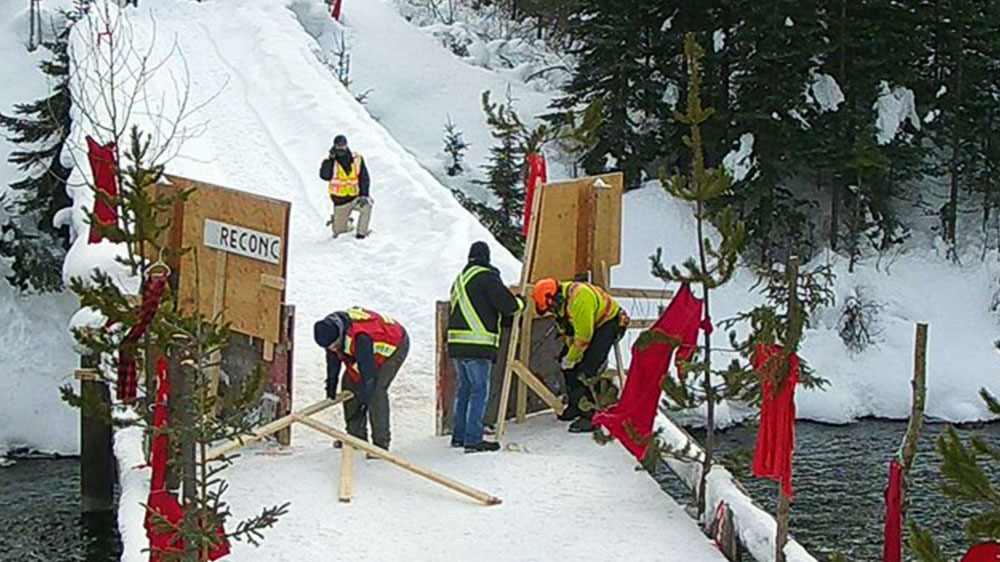
The conflict between the Wet’suwet’en Nation, the government and Coastal Gaslink didn’t happen overnight. They’ve been fighting for ownership of their language, culture and land since the day colonizers stepped foot on their territory. APTN News is producing three stories over the next week that will help fill in the gaps of how we got to where we are today.
Wet’suwet’en Hereditary Chief Satsan sat around the fire at a blockade at Sam Green Creek on the Babine River in the 1980s. He’d just returned to his community of Hagwilget Village in 1975 after attending a residential school and spending a couple years hitchhiking across the country.
Satsan dove head first into the struggle for First Nations land and human rights, a 150-year-old struggle going nonstop since the first fur traders and Christian missionaries arrived in lands the Crown would later claim as northern British Columbia.
Around the fire at that blockade, he remembers getting a vote of confidence from the Elders. They supported everything being done in defense of First Nations title, land rights, and jurisdiction.
“When you’re out there traveling, we’re with you,” the Elders said. “We see what’s going on. We see where you’re going and we do that to protect you.”
This struggle became “more urgent” in the ‘70s because of flooding resulting from the Nechako reservoir as well as the Kemano I dam. This was a hydroelectric megaproject established by Alcan and the B.C. government in the ‘50s to power an aluminum smelting facility in Kitimat. It impacted southern Wet’suwet’en territories and also flooded the lands of the Cheslatta Carrier Nation, destroying homes, sacred burial grounds, and culturally important archaeological sites.
Satsan and others opposed the proposed Kemano II dam, which they said would have flooded and destroyed more traditional lands. The B.C. forest service was starting to clear-cut as well.

(Wet’suwet’en used blockades against encroachment by industry in the ’70s and ’80s. This photo shows a blockade at Unist’ot’en Camp along the Morice West Forest Service Road in 2018. Photo: APTN file)
At that time, says Satsan, “our people were being charged for illegally fishing in our own fishing sites in our rivers, so we started defending those and winning those cases and started to get busy to exercise our rights on our territories and to protect our lands.”
They began considering ways they could fight back and defend their rights. They knew the courts were always there as a last resort.
“We started looking at all the different avenues that were available to deal with it, and initially it was blockades and civil disobedience on the land to protect it and we did that through the mid-to-late ‘70s into the ‘80s.”
Soon after he got home in 1975, the elected band council asked him to become the Hagwilget band manager.
“They brought me in and said that they needed my help on this whole issue. So even though I was hired as the band manager, I got involved with the chiefs on what was known as the ‘land question’ at the time.”
But Satsan became much more than the band manager.
He became the speaker on behalf of the Gitxsan and Wet’suwet’en nations throughout the then-unprecedented legal action now commonly referred to as the Delgamuukw Supreme Court of Canada decision.
“Both the Gitxsan and the Wet’suwet’en hereditary chiefs agreed there needed to be just one voice. We needed to be really focused and we needed to be tight internally, so it was decided that there would be one speaker and that I was the speaker for both the Gitxsan and the Wet’suwet’en, on one hand. On the other hand, I was also part of the team that put the case together and brought it forward.”
Satsan went to law school and studied Western law. He became one of the main strategists and helped devise the legal argument that earned a positive decision for Wet’suwet’en and Gitxsan from Canada’s highest court in 1997 after a 1991 defeat in B.C.
Satsan is the hereditary wing-chief title for Wet’suwet’en Kayex (Birchbark) House of the Gilseyhu (Big Frog) Clan. But Satsan – whose English name is Herb George – prefers to be identified as “just one of the chiefs.”
Despite that humility, he’s an encyclopedia of Aboriginal constitutional law who speaks eloquently about any court case you can name. He represented B.C. for two terms at the Assembly of First Nations (AFN) and now works with the Centre for First Nations Governance, whose predecessor organization he also founded.

(Satsan Herb George. Submitted photo)
He spoke with APTN News after a weekend of long talks in Smithers, B.C. resulted in a “draft arrangement” between the feds, the province, and Wet’suwet’en hereditary chiefs on rights and Aboriginal title.
“This arrangement for the Wet’suwet’en will breathe life into the Delgamuukw-Gisday’wa decision so that future generations do not have to face conflicts like the one they face today,” said a joint statement from the hereditary chiefs, the federal government, and British Columbia.
Satsan wasn’t present for those talks. He, like many others, hasn’t seen the draft agreement. The chiefs said they plan to bring it before their people for ratification in the Feast Hall, the central precolonial Wet’suwet’en governance institution. Minister of Crown-Indigenous Relations Carolyn Bennett and her provincial counterpart Scott Fraser agreed to return to sign the draft if it’s ratified.
Forty-five years after the Alcan dam resistance, more civil disobedience and another blockade – this time over a pipeline – forced the government to the table. The Coastal GasLink pipeline would carry natural gas from a hydraulic fracturing facility from Dawson Creek to a liquification facility in Kitimat.
The Wet’suwet’en pipeline resistance spawned solidarity demonstrations across the country. Now the blockades aren’t only happening on Babine River or logging roads. They halted passenger and freight train travel through one of Canada’s busiest industrial corridors. The country-wide movement forced the Trudeau administration into crisis management mode and ignited vigorous debate on Parliament Hill.
For Satsan – and others involved in the court case – all of this could have been avoided if the Crown took the Supreme Court’s advice and sat down to negotiate in good faith after Delgamuukw.

Delgamuukw-Gisday’wa in context
Satsan answers questions about Delgamuukw-Gisday’wa – as he insists we call it – by saying “first of all, when you’re talking about the case, you need to put it in really clear perspective.”
Delgamuukw (Earl Muldoe) was a claimant for the Gitxsan, but he sued on behalf of his House and the nation. Gisday’wa (Alfred Joseph) was a prominent Wet’suwet’en claimant.
Out of those involved, few had a better perspective than Gitxsan Hereditary Chief Yagalahl of Spookwx House. She was a court monitor, liaison, and reporter throughout the case. She sat through all 374 court days that were spread out over four years.
She was present at the recent Smithers meetings too. She says she was “satisfied” with the draft arrangement, but remains tight-lipped until the nation can have a Feast to discuss it.
In her seventies now, she listened to her chiefs and Elders tell their sacred oral histories in court 20 years ago. Satsan refers to these histories as a “sacred history box” that many were afraid to open for a court they considered foreign and colonial.
Now Yagalahl tells stories like an Elder herself. She talks with fervid, emphatic enthusiasm that the written word fails to capture.
“Let me tell you, if you come to my house and you sit with me and have tea – I’m telling you – you get an earful. I don’t stop. I make a short story long,” she says, laughing, after telling one of those long stories.
She jokes but her message is strong. She served as elected chief of Hagwilget – which is a mixed Gitxsan and Wet’suwet’en community – from 1994 to 2019. She was the only elected chief who rejected the Coastal GasLink pipeline project. She has no qualms about speaking out.
When you tell the truth, you aren’t afraid of anything, she says.
But that jumps ahead. Like Satsan, Yagalahl places Delgamuukw-Gisday’wa within the context of an ongoing anticolonial struggle probably best described as an intergenerational land defense.
“Back in ‘59 they destroyed our fisheries here in Hagwilget,” she says. “The rock that they blasted out of a canyon destroyed our fisheries, so it took me all those years to get compensated for it.”
In 1959, the federal Department of Fisheries dynamited large boulders on the Bulkley River next to Hagwilget.
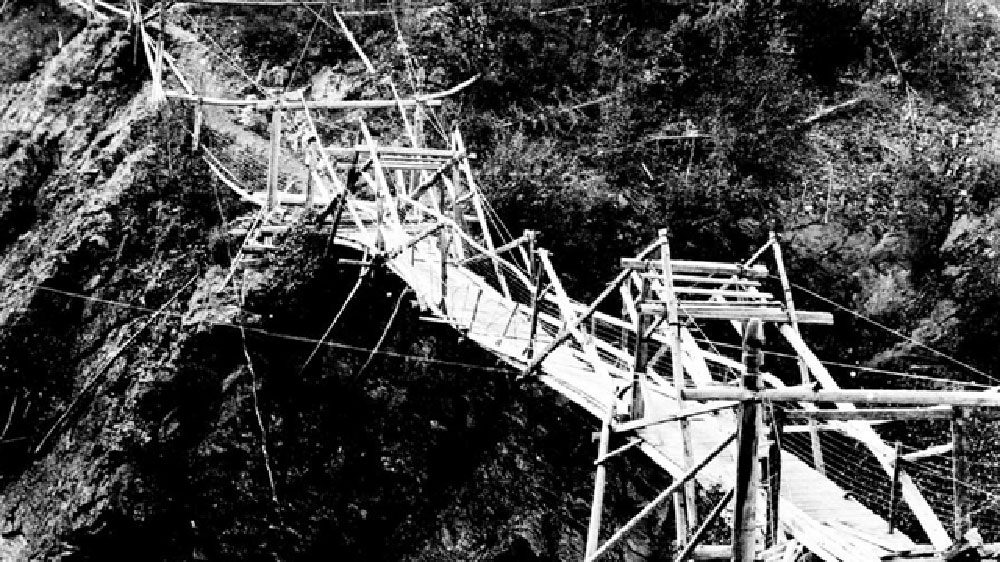
(Wet’suwet’en bridge at Hagwilget on the Bulkley River. Photo: B.C. Archives)
Yagalahl calls Hagwilget a village because it existed well before contact. But, she admits, it’s technically a reserve.
A rock slide exactly a century ago placed those boulders there. They obstructed the river in a way that made salmon easily accessible. When the feds blasted the rocks away it left Hagwilget without fish for 50 years. Yagalahl, known as Dora Wilson in English, was the elected chief in 2009 when Ottawa agreed to compensate them $21.5-million for that.
Floods, destruction of fisheries, and clear-cutting were recent events for Yagalahl and Satsan. Roughly a century earlier in 1871, B.C. entered Confederation. In the same year, government made it illegal for First Nations to fish commercially. A smallpox epidemic hit First Nations communities in B.C. a year later and their right to vote in B.C. elections was simultaneously withdrawn.
In 1876, four years later, the Indian Act was passed.
The Act prohibited “Indians” from assembling in 1880, made the Feast Hall (potlatch) illegal in 1884, and established the Kuper Island, Kamloops, and Williams Lake residential schools in 1890. Thirty years later – after rising tensions, increased settlement, and a 1918 Spanish Flu epidemic – the Act made it illegal for “Indians” to raise money or hire lawyers to pursue land claims.
First Nations resisted these policies throughout. Nevertheless, due to those policies, epidemics, receding land bases, missionary activity by people like Father Morice – after whom much of the infrastructure remains named on the disputed lands – and other factors, the B.C. First Nations population reached its historical lowest point in the 1920s.

(A c.1930 photo by an unknown photographer shows people only identified as “Carrier Indians” in their traditional regalia. Photo: B.C. Archives)
In the subsequent decades, government relaxed the most stringent bans. By 1951, “Indians” could once again fish commercially, conduct Feasts, and pursue land claims. First Nations kept organizing and looking for ways to assert land rights many had never ceded through treaty or willful surrender.
Pierre Trudeau’s government released the White Paper in 1969. The Union of British Columbia Indian Chiefs was formed in response. A decade later, chiefs and Elders from B.C. sent a delegation to England to lobby for inclusion of Aboriginal rights in the repatriated Canadian Constitution.
They got what they wanted in the form of Section 35(1): “The existing aboriginal and treaty rights of the aboriginal peoples of Canada are hereby recognized and affirmed.”
The ink was barely dry on that 1982 document when the Gitxsan and Wet’suwet’en hereditary chiefs decided they were going to take their fight into the courts.
Prior to Delgamuukw-Gisday’wa, no one knew for certain what Section 35 meant.
Yagalahl was the vice president of the Gitxsan-Wet’suwet’en Tribal Council when the evidence gathering began in the mid ‘80s. Both nations had not yet set up the individual offices they maintain today.
“The chiefs – when they were talking about this case that was going to be happening – they had decided that I was going to work with the chiefs as part of a liaison team, that was called the litigation team, to work with the lawyers, and mainly work with the Wet’suwet’en,” she says.
“Even though I’m Gitxsan, I speak Wet’suwet’en, and I know so many of the Wet’suwet’en. I worked with them mainly in them selecting their witnesses that were going to be on the stand. It was a very, very interesting process where the chiefs really showed me what they mean by respect. You know? They respected one another when they were doing their selection of the witnesses that were going to take the stand.”
The Houses met regularly to discuss strategy and goals.
“Everything that we did was strategic. When we were doing blockades, we were very, very clear about what we wanted to accomplish with it. And we were also clear when we were in a position where we weren’t going to serve our own purpose [through blockades] then we would back out of the way but just kept the pressure on,” says Satsan.
They knew “the last place we’ve got to go is the courts,” and they prepared for it.
“So, as we were doing all this the evidence gathering was happening, the research was happening to prepare for a title action, and ultimately that’s what our people agreed to do. And so we prepared our case and our argument and we went into the court system.”
No one knew for certain what they were getting themselves into when they stepped into a Smithers courtroom on May 11, 1987 – where the chiefs, lawyers, and elders would be handed a stinging defeat four years later.
Tears were shed after that. But there were also moments of humour and joy.
Gitxsan and Wet’suwet’en laws came into conflict with Canadian laws in a monumental case for which there was no real precedent.
But for Yagalahl, even when they lost, they won.
Once all was said and done, the histories of their peoples were written.
“It was quite an experience that I will always never, never regret,” she says.
“If I had to do it again, I’d choose to do it.”




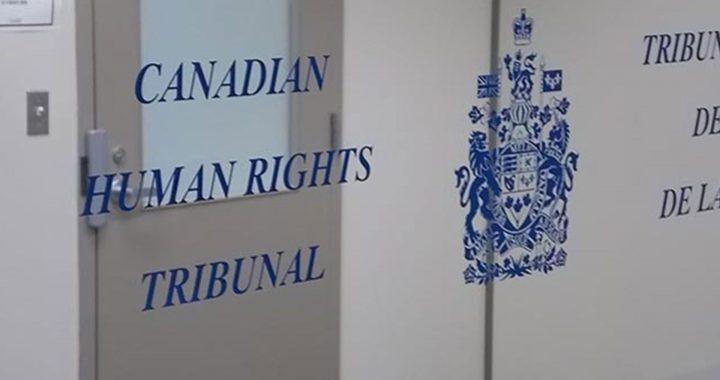
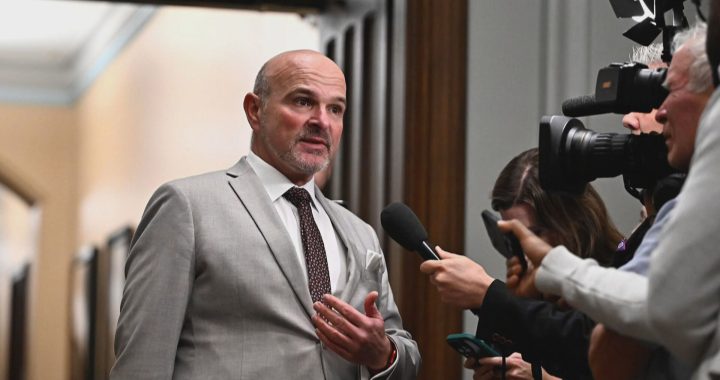
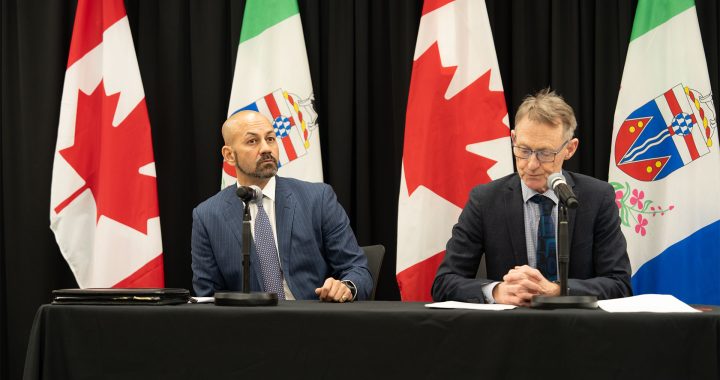



Thank you for this important background.